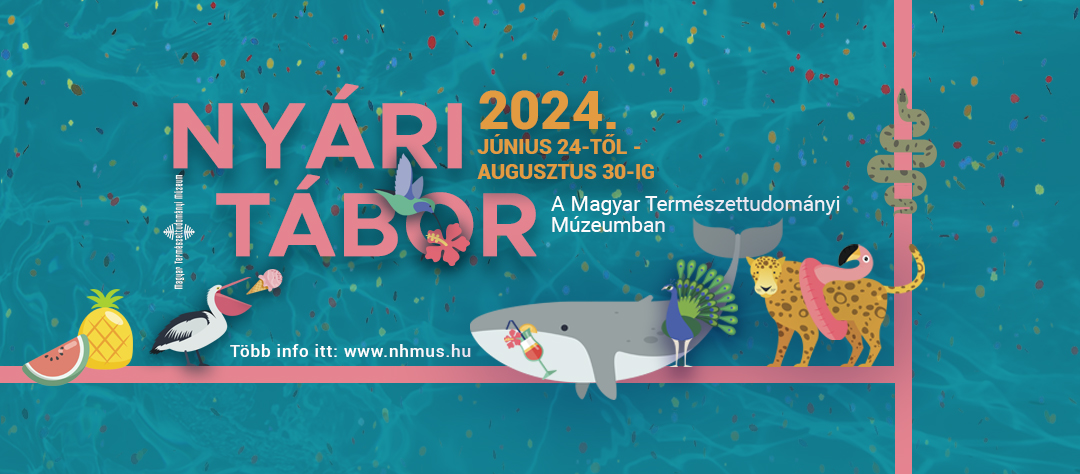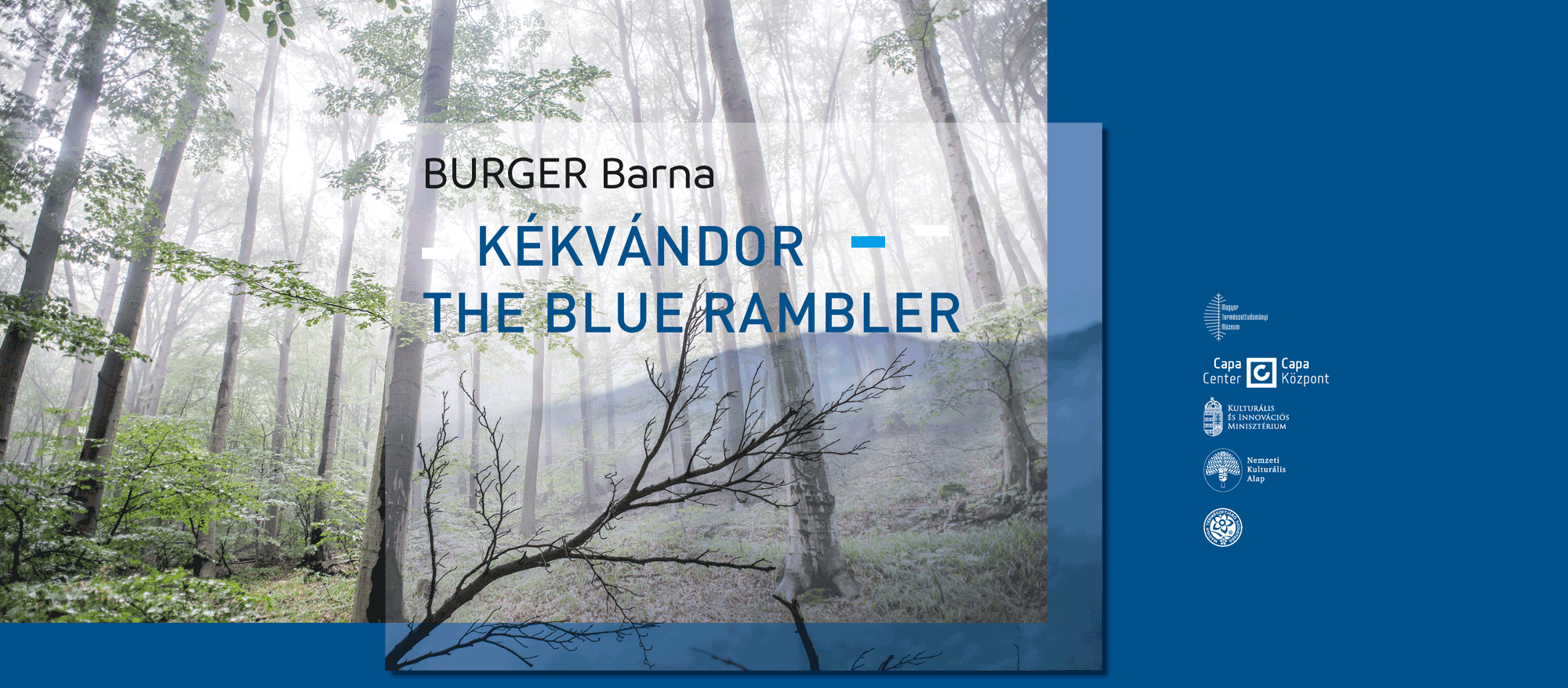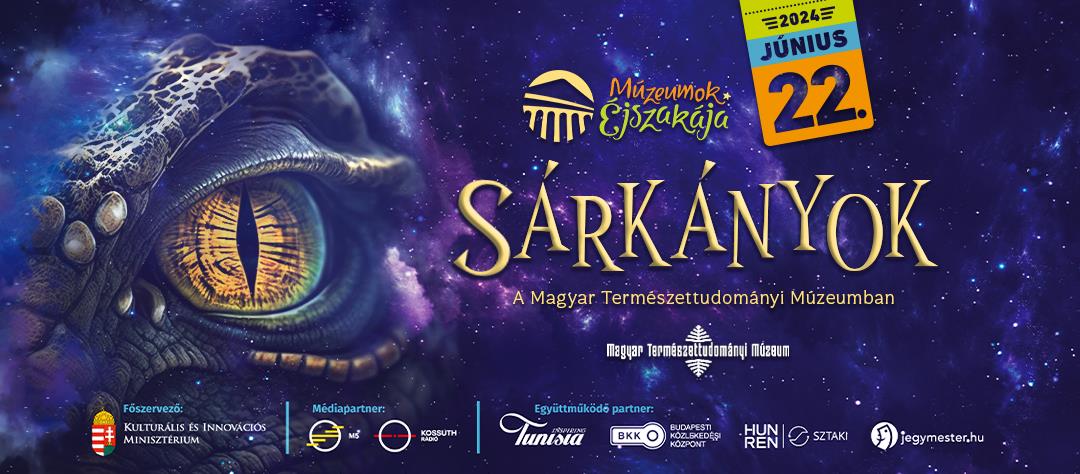The mycological collection of the Hungarian Natural History Museum (BP) was established by Gyula Istvánffy in 1889. At first, there was no systematical collecting activity and the main source of development was the exsiccate specimens received from foreign partners. Between 1906 and 1946 Gusztáv Moesz was the curator. Focusing mainly on microfungi, he generated intensive exchanges and formed a rich collection of duplicates.
During the World War II a major part of the fungi collection was destroyed, while the total loss was 80 percent.
After Gusztáv Moesz died in 1946, Gábor Bohus continued developing the collection. In 1958, the Fungi Collection was divided into two parts, micro- and macrofungi and Sándor Tóth, a mycologist expert became the curator. He enriched the collection by materials gathered in Hungary until he left the Department in 1967. Between 1968 and 2005 János Gönczöl was in charge.
Staff
No curator is working in the collection at the moment. For further information, please contact the Head of Department Lilla Hably (hably_at_bot.nhmus.hu).
Number of specimens, type material
Today the fungus collection comprises more than 106,000 specimens. More than 60% of them are microfungi. The number of type material is 861.
Availability
Collection specimens are stored in systematic order. The species are arranged in alphabetical order under each genus.
The collection is open for visitors by appointment only.
Our materials are available for loan and scientific examinations for external researchers.
To discuss any of your requests, please contact Lilla Hably (hably@bot.nhmus.hu).
Research loans
Loan policy statement (PDF)
Loan agreement (DOC)
On-site examination
Terms and Conditions (PDF)
Research permit form (DOC)



